

Despite its “Solitudo” subtitle, Wilhlem Peterson-Berger’s Symphony No. 5 has a mostly public, out-of-doors character. The work’s folk-music underpinnings, genial demeanor, and suite-like progression of
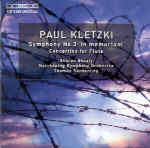
Yes, Paul Kletzki was yet another conductor who also composed (or a composer turned conductor, depending on how you look at it) and the tragic
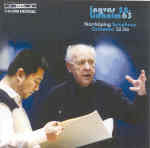
Swedish composer Ingvar Lidholm took a trip to the Darmstadt summer school in 1949, and the rest, as they say, is history. These works from
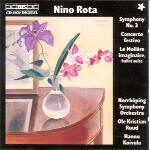
The idiom on display here stands squarely in the neo-classical tradition, a sort of Italianate Poulenc or Kurt Weill (from the period of the Second

This disc is a charmer. Wilhelm Peterson-Berger’s Fourth Symphony, subtitled “Holmia”, evokes the sites and sounds of his native Stockholm. It’s a light, carefree work
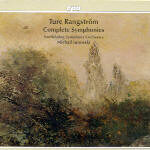
Swedish composer Ture Rangström (1884–1947), a contemporary of Sibelius and Nielsen, was largely self-taught and defiantly independent in his approach to symphonic composition. Though well
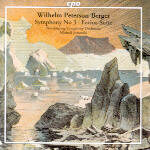
Wilhelm Peterson-Berger was one of the most feared reviewers of his day. He was employed as music critic for Stockholm’s Dagens Nyheter from 1896 to

Wilhelm Peterson-Berger (1867-1942) was one of the first generation of Swedish composers who brought their country’s musical culture into the 20th century. Like his colleagues
![]()
